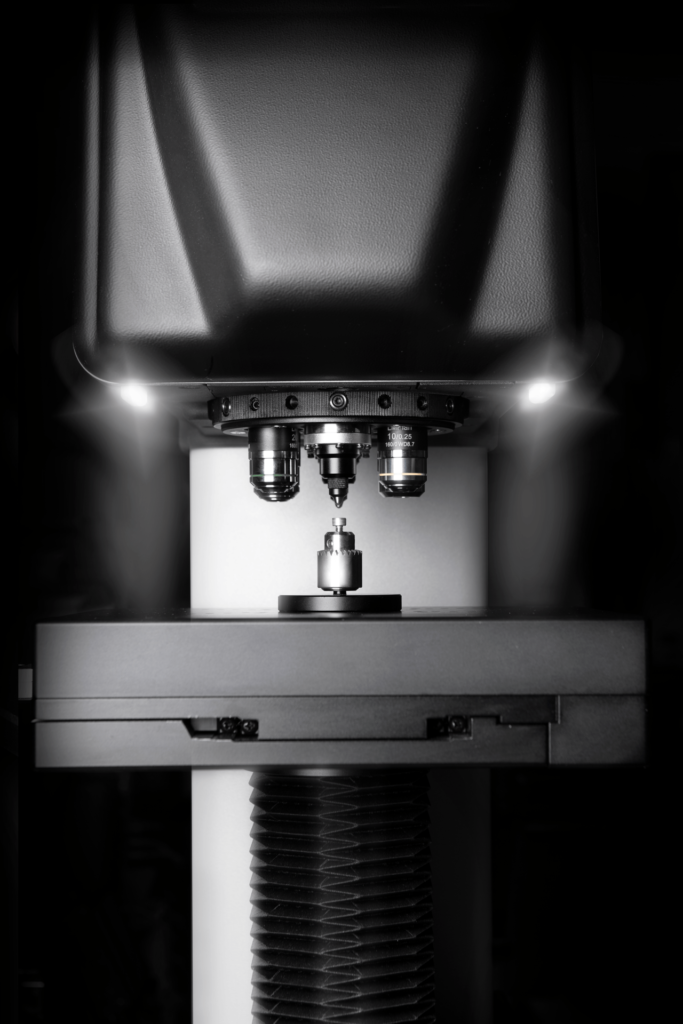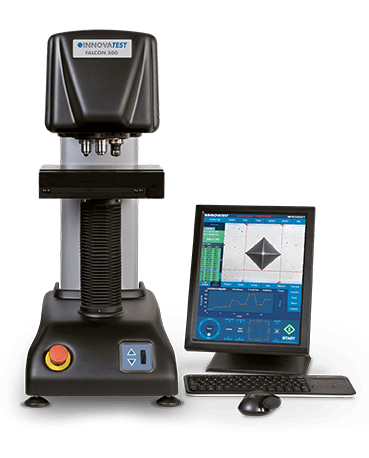Brinell Hardness Tester

Hardness is determined by measuring the indentation’s depth; hence it is a characteristic of a material. The material’s hardness is determined by the use of a Brinell hardness tester. By simply varying the size and the test force based on the sample dimension and design, it has approximately twenty-five load combinations as conditions allowing all metals to be tested. When changing between its condition as long as the ball size to test force remains constant, the results are considered accurate in some cases. For quality control purposes and commercial shipment acceptance, it is extensively in industries. Metallic characteristics such as tensile strength, wear-resistance, and ductility may correlate with these results. To protect the interior against dust, it can withstand the environment because it has an air filtration system.

Its applications
Testing aluminum and copper alloys, steels, and cast iron at the higher force ranges, the Brinell hardness tester is used. The overall material properties are being ascertained; it is used relatively high loads; hence large indent is frequently used to determine the hardness. Methods such as forging and casting are made unstable during local variations in hardness or surface conditions. By testing harder materials, the constraint by the indenter ball becomes deformed. It is possible to test an extensive range of hardness values using the Brinell hardness tester due to the vast number of ball sizes and load available. Poor surface conditions or operators in optical measurement cause errors in this tester. The large size indent limits the errors.








